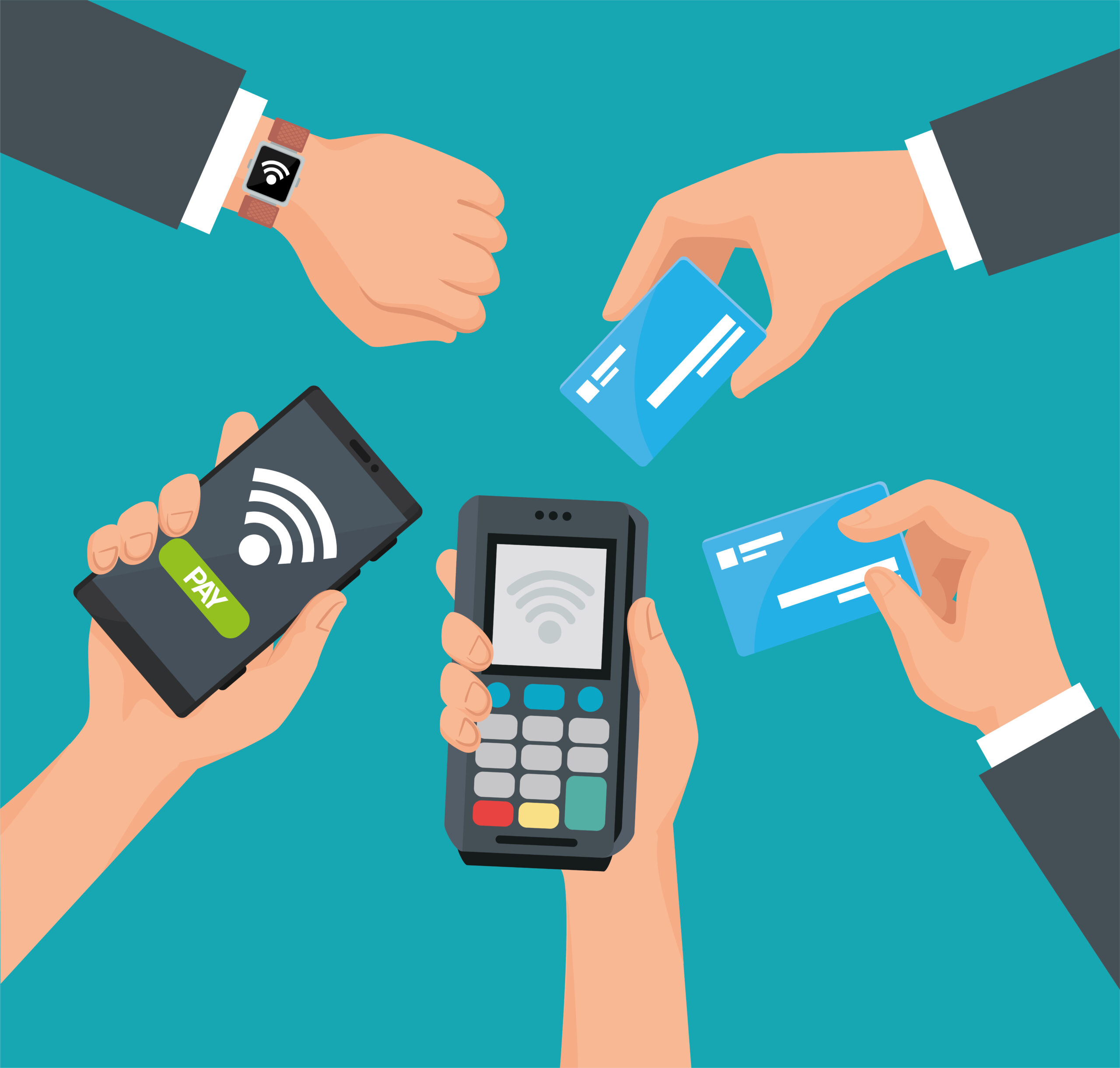Contactless payments have rapidly become a transformative force in commerce, offering unparalleled convenience, speed, and security. At the heart of this evolution is Near Field Communication (NFC) technology, which powers tap-and-go transactions using smartphones, wearables, and contactless cards. NFC is not only reshaping the payment landscape but also influencing traditional payment methods and fostering the growth of mobile wallets. Here’s a deeper look at how NFC is driving these changes.
1. Convenience and Speed:
NFC technology has revolutionized the payment experience by eliminating the need for physical contact or swiping of cards. With NFC-enabled devices, such as smartphones or contactless cards, users can simply tap their devices on contactless terminals to complete transactions. This tap-and-go feature significantly reduces wait times, providing a smoother and faster checkout experience for customers. As a result, both consumers and businesses benefit from enhanced efficiency and improved service flow, particularly in high-traffic environments such as retail stores, restaurants, and public transport.
2. Enhanced Security:
Security is a major concern for consumers when it comes to digital payments, and NFC addresses these concerns effectively. NFC payments are more secure compared to traditional magnetic stripe cards because each transaction generates a unique, one-time-use token. This token is securely transmitted between the NFC device and the payment terminal, minimizing the risk of fraud and ensuring that sensitive payment information is never exposed. In addition, many NFC-enabled devices support biometric authentication methods like fingerprint scanning or facial recognition, adding an extra layer of protection. This combination of tokenization and biometrics makes NFC payments one of the most secure ways to transact in today’s digital world.
3. Impact on Traditional Payment Methods:
The rise of NFC technology has had a profound impact on traditional payment methods, particularly cash and magnetic stripe cards. As consumers increasingly prefer the convenience and security of contactless payments, cash usage has been on the decline, and businesses are gradually adopting contactless-enabled terminals to meet growing customer demand. Magnetic stripe cards, which have been the standard for decades, are becoming less common as consumers transition to EMV chip-enabled and contactless cards. This shift marks a significant change in the payment landscape, as contactless technology becomes the new norm, driving businesses to modernize their payment systems.
4. Rise of Mobile Wallets:
One of the most significant developments fueled by NFC technology is the rise of mobile wallets. Mobile wallets are smartphone applications that store payment card information digitally and enable users to make contactless payments by tapping their phones on NFC-enabled terminals. Platforms like Apple Pay, Google Pay, and Samsung Pay have gained widespread popularity, allowing users to link their credit and debit cards, store loyalty points, and even make peer-to-peer payments. The integration of NFC technology in these platforms has made mobile wallets incredibly convenient, secure, and widely accepted at retail locations around the world, further accelerating their adoption.
5. Accessibility and Inclusivity:
NFC technology is also making payments more accessible and inclusive for various demographics. Contactless payments offer particular advantages for individuals with disabilities or mobility impairments, as they eliminate the need to physically insert cards, swipe, or enter PINs during checkout. This makes the process simpler and more inclusive for people who may find traditional payment methods cumbersome. Moreover, NFC-enabled wearables, such as smartwatches and fitness trackers, provide additional flexibility for consumers on the go. These devices allow users to make quick and easy payments without needing to reach for their wallets or phones, offering even more convenience and accessibility.
Conclusion:
NFC technology has become a driving force in the evolution of contactless payments, offering unmatched convenience, speed, and security. Its role in promoting mobile wallets, enhancing security, and making payments more accessible highlights its transformative impact on the payment landscape. As the adoption of NFC-enabled devices and contactless payment methods continues to grow, we can expect further innovation in the way we transact, moving us closer to a seamless, cashless future. This revolution in digital payments is redefining consumer expectations and shaping the future of commerce in the digital age.
4o
